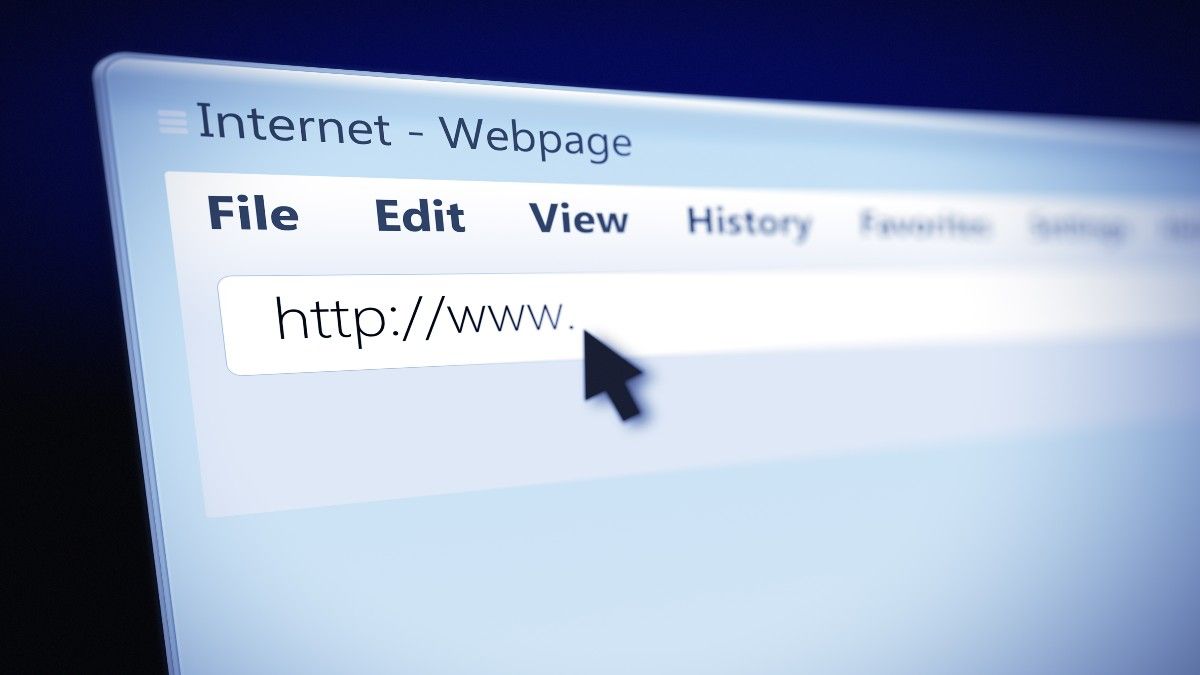Internet Protocol (IP) and Transmission Control Protocol (TCP) are the languages computers use to communicate with each other, and they override the rules of the Internet.
TCP/IP makes the Internet work a bit like a postal system. There’s an address book that contains them identity of each device in the network and a set of standard envelopes for packaging data. The envelopes must bear the sender’s address, the recipient’s address and details of the information packaged inside.
The IP explains how the address system works, while TCP explains how the data is packaged and sent.
All computers get an IP address when they connect to the internet PC Magazine, and they are all unique. You can find out yours by typing “what is my ip” into google. You will find that it is not very people friendly. It contains either four numbers between 0 and 255, separated by periods, or eight four-digit sequences, separated by colons.
You may also find that your IP address does not stay the same. At home, you get your IP address from your internet service provider, but when you’re out and about, it might come from the WiFi you’ve connected to at a coffee shop or your work network Business Insider.
How TCP/IP works
In order to load a website, your computer needs to know the IP address of the web server that contains the data. This is also a long sequence of letters and numbers, which can also change unexpectedly.
Luckily, there is a secondary addressing system to help point your computer to the right place. Known as the Domain Name System, or DNS for short, servers are given human-friendly names called domains cloud flare. Your web browser can look them up to figure out which IP address to use.
Your computer can then connect to the server using a three-way handshake CISSP study guide. First, it sends a message to the server asking if it’s ready to talk. This is done by sending a blank envelope with the word “Sync?” in it. written on the front.
When the server is ready, it writes “Acknowledge” on a new envelope and sends it back. Finally, your computer completes the connection by sending a third envelope that also says “Confirmation.”
Now you can start exchanging data.
To do this, the server chops up the website’s content into small pieces and packs each one into its own envelope. Outwardly, it writes its own IP address, your IP address, and a sequence number, accordingly cloud flare. This number tells your computer how to put the pieces back together.
When your computer receives one of the envelopes, it examines it and sends back a message that says “Confirmation.” That means, “I received the data and everything looks fine.”
If the server doesn’t get an acknowledgment back after a set amount of time, it assumes the envelope is lost or damaged and resends it as per IR Technologies.
Once all the data is safe on your computer, all you have to do is close the connection. This involves another three-way handshake. A computer sends an envelope that says, “Done.” The other sends back: “acknowledge”. The first responds with: “acknowledge” and the connection is closed.
Additional Resources
For more information on how the Internet works, see the many resources at internet society and “Introduction to Networking: How the Internet Works” by Dr. Charles R Severance.
bibliography
- Eric Conrad et al., “CISSP Study Guide (Second Edition)“, Syngress, 2012.
- IR media, “What is Network Packet Loss?‘, retrieved April 2022.
- cloudflare,”What is DNA? | How DNS works‘, retrieved April 2022.
- cloudflare,”What is TCP/IP?‘, retrieved April 2022.
- David Johnson, “How to change your IP address to fix internet connection problems or protect your privacyBusiness Insider, May 2021.

